When it comes to traveling to Quang Tri, most of us often think of a land associated with bombs and bullets, a land rich in revolutionary tradition and resilience. Besides its fierce historical struggle, Quang Tri boasts numerous cultural, ecological, and resort attractions. Vietnampeace.com shares insights into the tourist spots of Quang Tri, exploring the region’s landscapes and its people.
Introducing Quang Tri
Where is Quang Tri located? How did its history unfold?
Quang Tri is a coastal province in the North Central region, bordered by Quang Binh Province to the North, the East Sea to the east, Thua Thien – Hue Province to the South, and Savannakhet and Salavan provinces of the Lao People’s Democratic Republic to the west.
This land has a long history and is believed to have been part of the Viet Thuong territory since the time of the Hung Kings. At one time, Quang Tri was part of the Lam Ap kingdom. During the resistance war, it suffered greatly and served as the demarcation line between the North and South at the Hien Luong Bridge – Ben Hai River for nearly twenty years.
Climate, Weather, and Landscape of Quang Tri
Quang Tri experiences high temperatures, abundant sunlight, and rainfall in the tropical monsoon climate zone. However, if you’re planning a trip to Quang Tri, it’s best to avoid the months affected by the Southwest monsoon from March to September and the typhoon season from September to November each year.
Nestled in the Truong Son mountain range with a coastline, Quang Tri features three types of terrain: midland and mountainous, coastal plains, and coastal terrain, although it’s pretty rugged. With its diverse terrain, Quang Tri offers various landscapes, from majestic natural scenery to charming coastal beaches.
Quang Tri has many advantages and potential for tourism development. Historically, it was a focal point between the North and South of Vietnam during the Vietnam War, and the region was heavily bombed. As a land with many “red addresses,” it offers educational tourism opportunities and historical exploration opportunities. Some attractions include the Ancient Quang Tri Citadel, Truong Son Martyrs Cemetery, Vinh Moc Tunnels, and Khe Sanh.
Quang Tri has four coastal districts, including Cua Tung, Cua Viet, and Tham Khe Beach, with particular attention on Con Co Island. In the mountainous region, you can visit Ta Lung Mountain, Klu Mountain, and Dakrong River and explore the villages of the Van Kieu and Pa Co ethnic groups.
Top 12 Most Famous Tourist Destinations in Quang Tri in 2024
1. Ancient Quang Tri Citadel
The Ancient Quang Tri Citadel, a name that resonates with events from nearly 50 years ago, awakened the conscience of people worldwide with the fierce struggle of the liberation army during the historic 81-day battle in the summer of 1972 against the counter-offensive by the Saigon military forces.
This historical event marked a turning point in the history of the national liberation struggle and became a symbol of the country’s cultural heritage. The Ancient Quang Tri Citadel represents not only the brutality of bombings but also the harsh reality of human fate during the war.
This battle took place at a sensitive time, impacting the negotiations at the Paris Conference on ending the war and achieving peace in Vietnam. To preserve the citadel and the town of Quang Tri, thousands of liberation soldiers from all over the country fought valiantly and laid down their lives on this land. Their sacrifices, though leaving behind fragmented bodies, have blended into the soil; every inch, every tree, every blade of grass, and every step we take within the citadel today bears the blood of countless martyrs.
The sacrifice and dedication of these revolutionary individuals erected a monument to the aspiration for independence. They left a legacy of noble ideals for future generations, the ultimate sacrifice for the honor of the motherland.
With such historical significance, the Ancient Quang Tri Citadel has received attention and investment from the Party and the state, being renovated and beautified as a memorial to honor the fallen heroes. Additionally, a museum has been established to preserve artifacts and photographs of this era. If you’re planning to travel to Quang Tri, the Ancient Citadel is a must-visit for those resting beneath the green grass to light a candle. About a kilometer away (from the citadel’s main gate) lies the Thach Han River.
2. Bich La Ancient Village
Bich La Ancient Village was formed by waves of migration to the South from people from the North since the time of the Nguyen lords. Despite the ups and downs of history, the people of Bich La village have preserved unique cultural features, deeply imbued with traditional values.
This is not only a place where many talents and famous individuals from across the country rest in peace, but also, during the war with the French and the Americans, Bich La was a crucial revolutionary base in the victory at the Ancient Quang Tri Citadel, enduring fierce enemy attacks.
3. Cua Tung Beach
Cua Tung Beach, located in Vinh Linh district, Quang Tri, boasts smooth, white sandy shores amidst the calm, azure waters. In the summer, when the hot, dry winds blow through the Central region, Cua Tung becomes even more attractive to tourists.
From the perspective of foreigners, Cua Tung is the “Queen of Beaches.” The French authorities discovered the fascinating and poetic beauty of Cua Tung. Upon visiting Cua Tung, King Bao Dai designated it as his private beach, earning the title of the “Queen” of beaches. Quang Tri tourism is highly focused on investment, with plans for a beautiful, luxurious resort in the future, making Cua Tung even more appealing to tourists.
4. Vinh Moc Tunnels
The Vinh Moc Tunnels are also located in Vinh Linh district, quite close to Cua Tung. This magnificent military architecture underground was born during the resistance against the Americans to save the country. With the slogan “militarize the entire people, militarize the entire area,” the people of Vinh Linh dug tunnels with various functions: headquarters, logistics warehouses, schools, hospitals, family living areas… scattered throughout residential areas, along roads, near fields, and coastlines, connected by an extensive network of underground transportation replacing surface roads.
From late 1965 to 1968, Vinh Linh district had about 114 tunnels with a total length of over 40km, a tunnel transportation system of over 2,000km, and hundreds of smaller tunnels, becoming “tunnel villages” – the first appearance in the history of the Vietnam War, demonstrating the determination with the motto: “Not one inch of land given up, not one grain of rice taken. Every village, commune is a fortress,” steadfastly defending the homeland and maintaining the lifeline to the front lines.
5. Con Co Island
The island has two ports, Nghè and Tranh, the most beautiful natural tourist spots. At Nghè port, where the first rays of sunlight touch the island, the sea breeze rustles through, waves crashing against the rocks, sturdy bang trees stretch out towards the sea as if embracing, steadfastly shielding the small island
from storms. Moving to Tranh Port, the beach here is spotless and incredible, offering various services for renting life jackets, swimming goggles, and diving equipment for coral viewing.
Con Co Island is formed from volcanic basalt, hence the characteristic dark black rock. If you can travel to Quang Tri, visit Con Co Island to experience the island life, contribute to the economy, and affirm and protect Vietnam’s maritime sovereignty.
6. La Vang Marian Pilgrimage Center
The La Vang Marian Pilgrimage Center is located in Hai Lang district, Quang Tri, under the Archdiocese of Hue. This place has experienced many changes throughout history.
According to legend and tradition, this is where Mother Mary appeared to guide and comfort the faithful fleeing persecution from the Tay Son troops under King Canh Thinh’s anti-Catholic edict.
Con Co Island is a district island belonging to Quang Tri, with a significant position as the dividing point between the Gulf of Tonkin and the southern gateway of the Gulf of Tonkin. Con Co Island is also a bastion defending the national territorial sovereignty at sea, associated with fierce battles to protect the islands, demonstrating the heroic struggle of the entire nation, especially Quang Tri.
The church’s architecture here follows the traditional style of Catholic church construction. At the heart of the pilgrimage center remains the bell tower of the Holy Mother of La Vang Church. This structure was built from 1924 to 1929, with significant renovations in 1959.
In the summer of 1972, the Holy Mother’s Shrine was destroyed by war. Today, the La Vang Marian Pilgrimage Center has undergone renovations and additions. If you’ve chosen to travel to Quang Tri, visit the La Vang Marian Pilgrimage Center to understand the cultural and religious blend of East and West here.
7. Hien Luong Bridge – Ben Hai River
In the history of our nation’s defense, certain rivers, mountain ranges, villages, hills, bridges, and more have become legends, embodying significant historical evidence deeply ingrained in the Vietnamese consciousness. Among them stands the historic bridge – Hien Luong Bridge. And there lies a river, a beautiful image of our homeland, representing peace and tranquility. However, another river bears the burden of resentment, enduring the pain of dividing our homeland and separating our nation into two halves. That river is the Ben Hai River.
Hien Luong Bridge connects the AH1 national highway (the trans-Asian route), crossing the Ben Hai River in Hien Luong hamlet, Vinh Thanh commune, Vinh Linh district, Quang Tri province. This place once endured the separation of North and South Vietnam for over 20 years during the resistance war against America to save the country.
8. Truong Son National Martyrs Cemetery
The battle scars remain etched and unforgettable as the war fades into memory. The Truong Son Cemetery stands as a testament to the atrocities of the enemy and the heroism of Vietnamese sons and daughters who sacrificed their lives and youth, placing the destiny of the nation above all else to regain independence and freedom for the people.
The Truong Son Martyrs Cemetery is where 10,263 graves of martyrs from the Liberation Army of South Vietnam and the Vietnamese People’s Army are laid to rest along the Truong Son trail – also known as the Ho Chi Minh Trail.
Located in the Ben Tat area, next to National Highway 15, in Vinh Truong commune, Gio Linh district, Quang Tri province, the cemetery is about 38 km northwest of Dong Ha city, the provincial capital of Quang Tri, and over 20 km northwest of National Highway 1A (at the Gio Linh district town). With a total area of 39.8 hectares, the cemetery comprises five sections on hill slopes adjacent to the upper reaches of the Ben Hai River. This is where 10,263 remains of martyrs who fought and sacrificed along the legendary Truong Son trail are honored. Construction of the cemetery began in October 1975 and was completed two years later.
Since late 1974, the first martyrs’ graves have been relocated here. During the resistance war against America, over 20,000 outstanding sons and daughters of the nation fell along the Truong Son trail, and more than half of them have yet to be found. Amidst Central Vietnam’s numerous fascinating tourist destinations, don’t forget to pay respects to those who laid down their lives for the homeland. This is a must-visit tourist destination in Quang Tri.
9. Khe Sanh
Khe Sanh is the name of a town in Huong Hoa district, Quang Tri province. This place is closely associated with the heroic history of the nation. From 1965 to 1966, the US military and their puppet government in Saigon selected Khe Sanh as the most significant stronghold in the Route 9 defense line.
Khe Sanh, along with Lang Vay and Ta Con, was considered by the US military and the puppet regime as the “three eyes of God.” Hoping to cut off the Ho Chi Minh Trail and prevent the flow of manpower and supplies from North Vietnam to the South, they fortified these areas heavily.
In early 1968, our forces launched the Route 9 – Khe Sanh Campaign, and after 170 days and nights of relentless attacks, Khe Sanh was entirely liberated by July 9, 1968. Huong Hoa became the first district in the South to be liberated.
When visiting Quang Tri, you can also explore other attractions in Khe Sanh, such as Khe Xanh Pagoda, Sa Mu Pass, Chenh Venh Waterfall, Ta Phong Waterfall, O O Waterfall, and Lao Bao Prison.
10. Lao Bao International Border Gate
The Lao Bao International Border Gate is located in Lao Bao town, Huong Hoa district, Quang Tri province, across from Laos’ Den Savanh border gate. This is a crucial hub on the East-West Economic Corridor connecting four countries: Myanmar, Thailand, Laos, and Vietnam.
What makes this border area special is its proximity to Laos’s Savannah border trade area. Therefore, when visiting the Lao Bao tourist area, you can shop for various items at attractive prices. During your Quang Tri tour through the Lao Bao border gate, after completing the procedures, you can enjoy meals from three countries – Vietnam, Laos, and Thailand – within a day.
11. Dakrong Nature Reserve
If you’re a fan of exploring majestic mountains, vast forests, and refreshing streams, Dakrong Nature Reserve is the perfect destination for traveling to Quang Tri.
This is one of the two remaining nature reserves preserving Central Vietnam’s largest lowland evergreen forest area (the other being Phong Dien Nature Reserve in Thua Thien Hue province). It’s also home to rare and endangered species like the gray-shanked douc, red-faced monkey, black langur, giant muntjac, and two newly discovered species: the saola and large-antlered muntjac.
12. Visit the villages of the Pako and Bru Van Kieu People
The Pako and Van Kieu people are two ethnic groups bearing the surname “Ho,” residing in Dakrong, Huong Hoa, Vinh Linh, and Gio Linh districts of Quang Tri province. In 1946, during the first General Election of the Democratic Republic of Vietnam, when compiling the list for the Pako and Van Kieu ethnic groups, officials asked for their surnames, and they replied that they were descendants of Ho Chi Minh.
In 1957, when Uncle Ho visited the Quang Tri battlefield, Ho Ray and some compatriots requested Uncle Ho to allow the Van Kieu and Pa Co people to adopt the surname Ho. The people of these two highland ethnic groups have their surnames, with nearly 70 different surnames, but they wished to bear the Ho surname as a symbol of reverence and loyalty to the Party and Uncle Ho.
The Pako and Bru Van Kieu people possess a rich musical heritage. Each musical instrument serves a different festival. While the Bru Van Kieu people use the Ta lu drum and Khui flute for their sim festival, they employ gongs and drums for funerals; the Bru Van Kieu people have various traditional crafts like weaving brocade and bamboo knitting, which have been preserved to this day.
If you can travel to Quang Tri, visit the homes of the Pako and Van Kieu people. They are very hospitable and will be ready to welcome you, allowing you to learn about their culture, customs, stories about the Party and Uncle Ho, and more.
As our journey through Quang Tri comes to a close, we’ve witnessed this remarkable province’s intertwining of history, culture, and natural beauty. From the somber reminders of wartime sacrifice to the vibrant traditions of local ethnic groups, Quang Tri captivates with its depth and diversity. We invite you to continue exploring the wonders of Vietnam and beyond with us at Vietnampeace.com, where travel stories and insights await. Until next time, may your adventures be filled with discovery and peace.
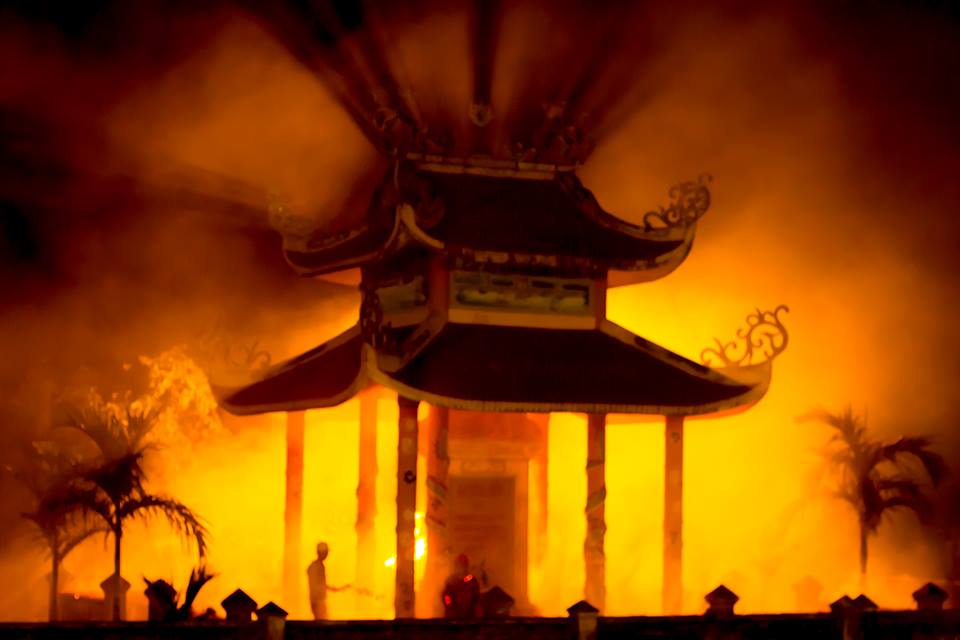
The magical beauty of the ancient village of Bich La in the festive season (Image: Collection)
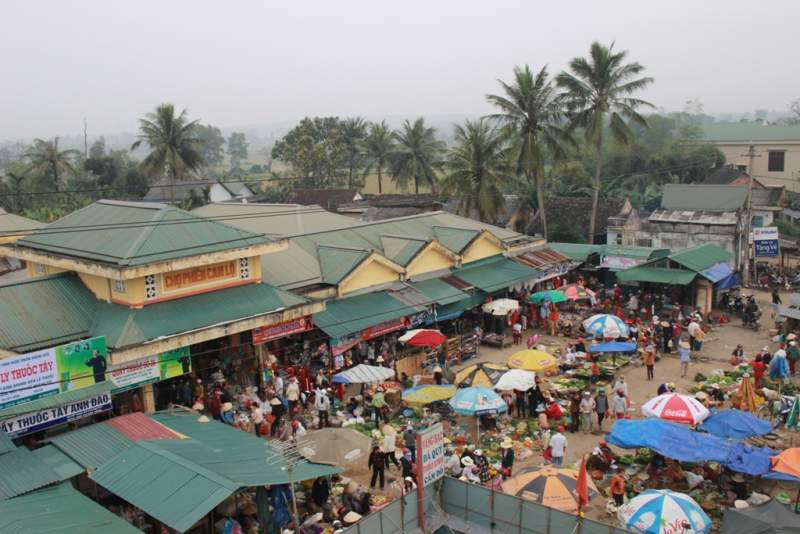
Busy Cam Lo fair (Photo: Collection)
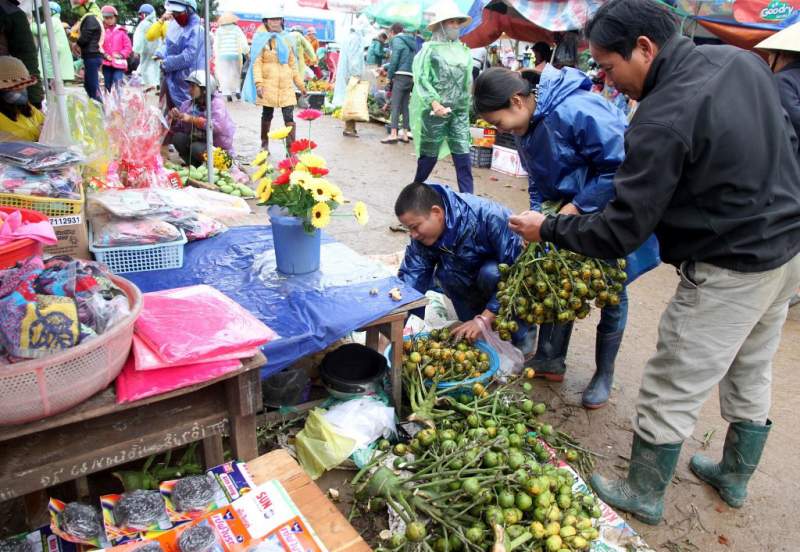
A corner of the fair on Tet holiday (Photo: Collection)
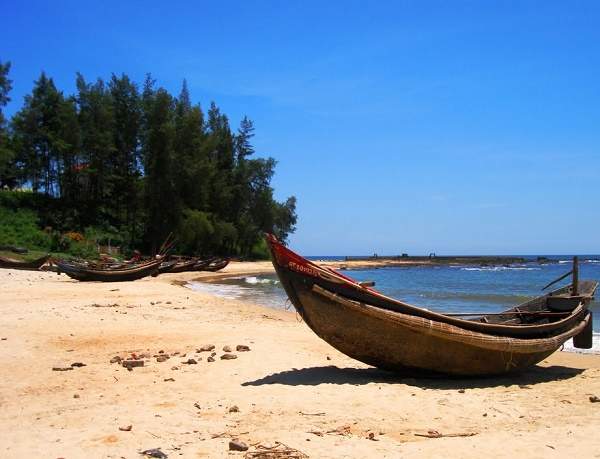
Peaceful Cua Tung Beach (Image: Collection)
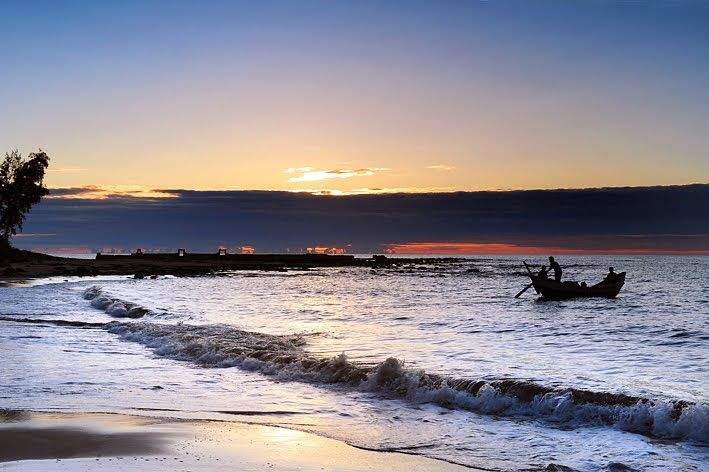
Cua Tung is beautiful and not inferior to other famous beaches (Image: Collection)
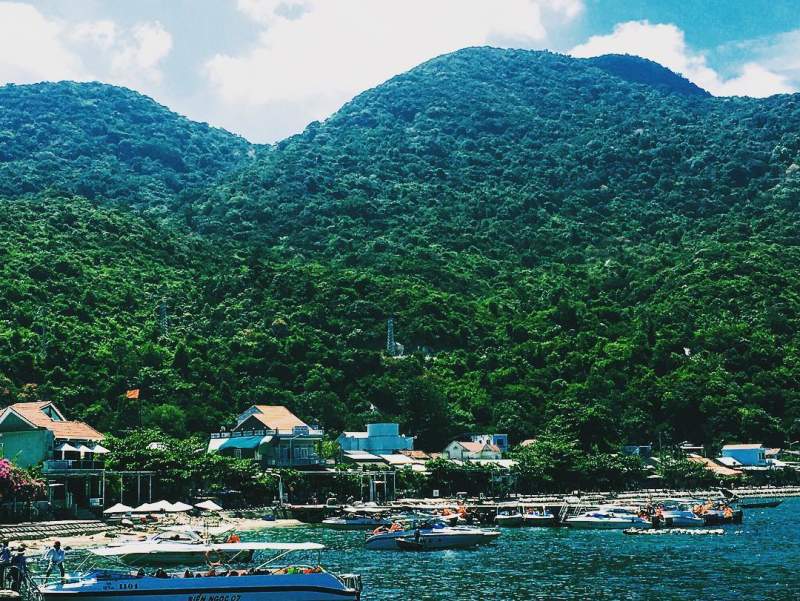
Dreaming scenery of Con Co (Image: Collection)
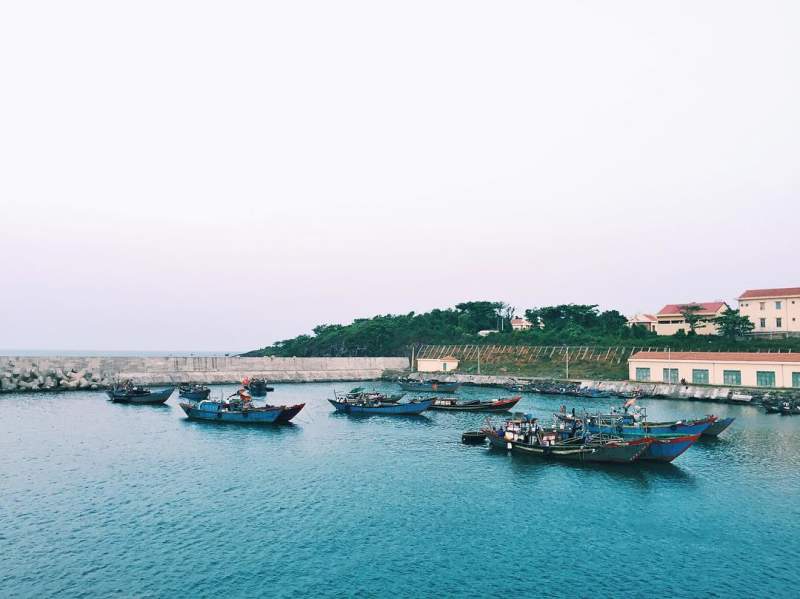
Dunes of pristine and peaceful (Image: Collection)
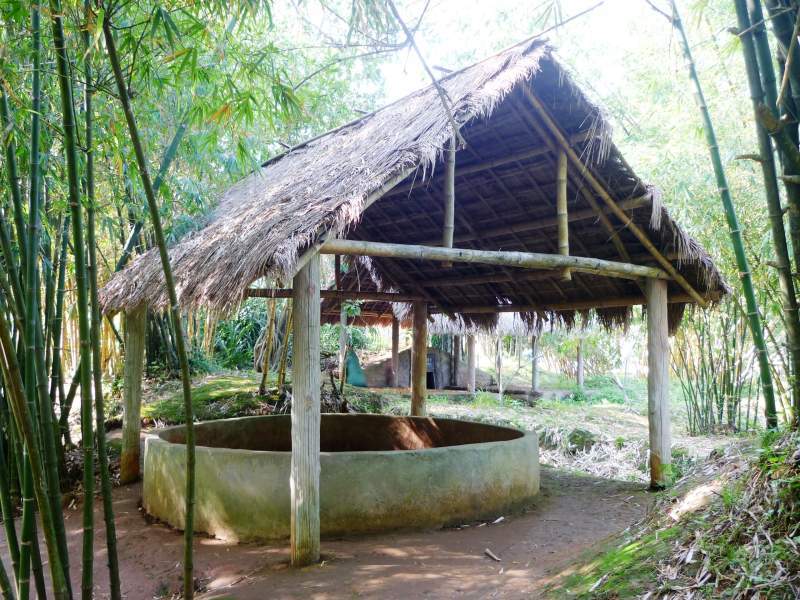
A corner of the Bay Moc Tunnels (Image: Collection)
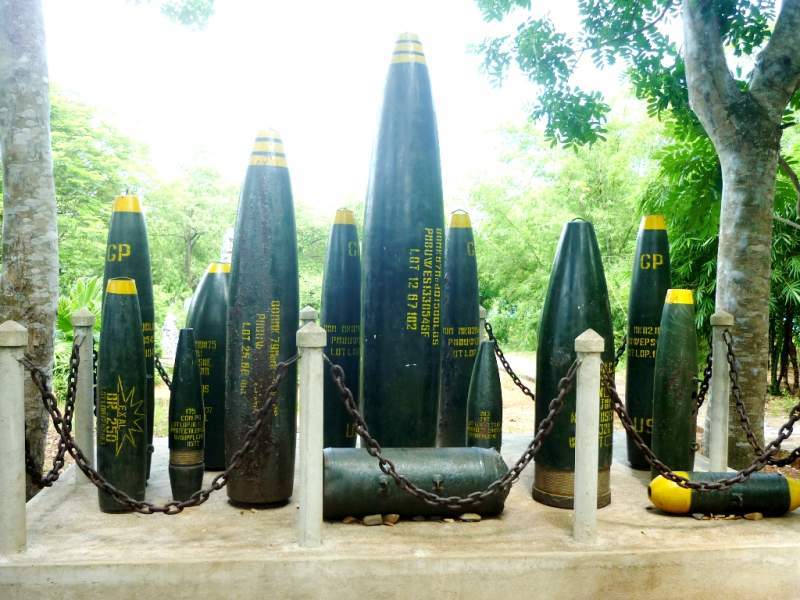
Historical artifacts on display at the tunnel (Image: Collection)
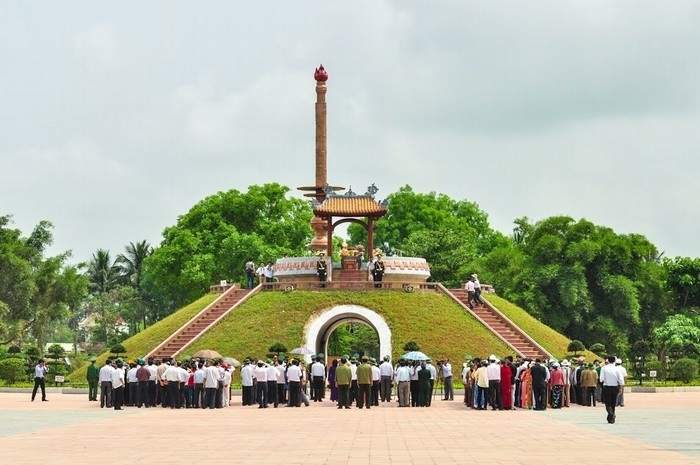
Quang Tri Citadel attracts a large number of visitors (Image: Collection)
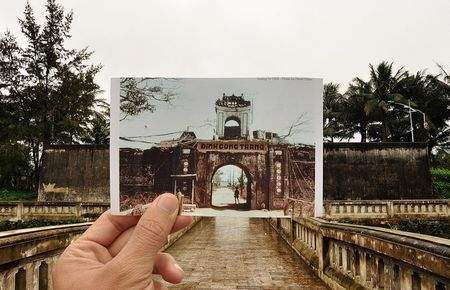
A gate of the old city (Image: Collection)
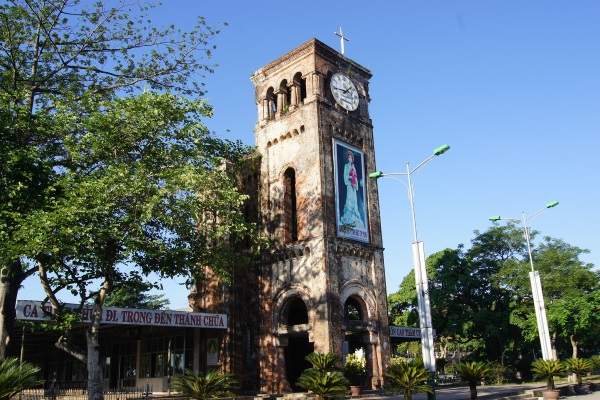
La Vang Sanctuary (Image: Collection)
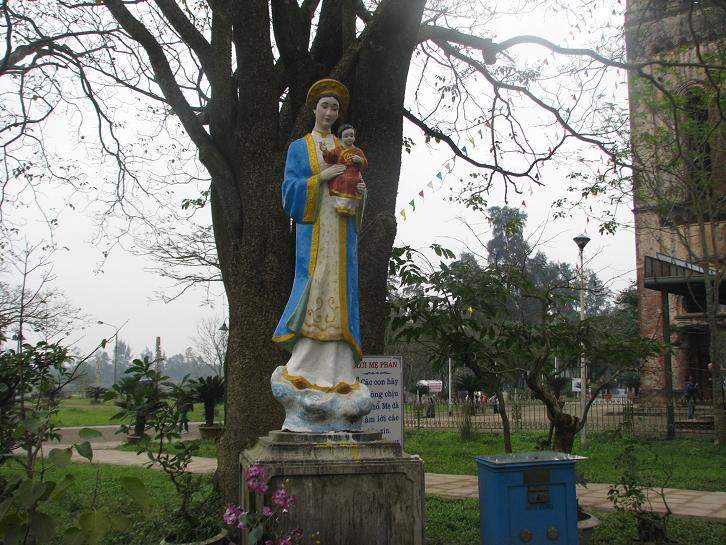
Place of pilgrimage for many Catholics (Image: Collection)
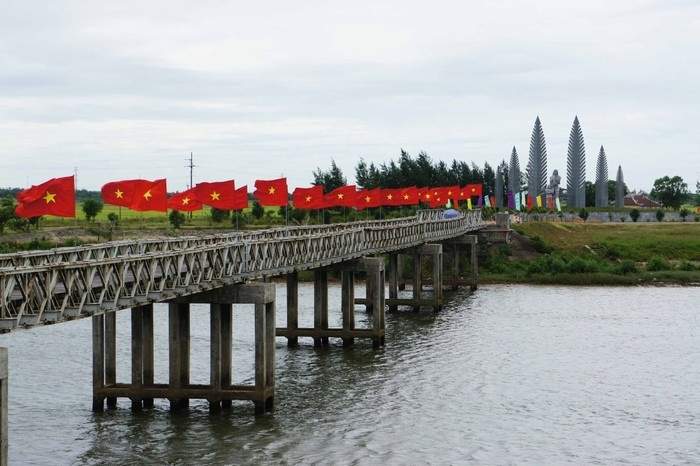
Hien Luong Bridge and Ben Hai River today (Image: Collection)
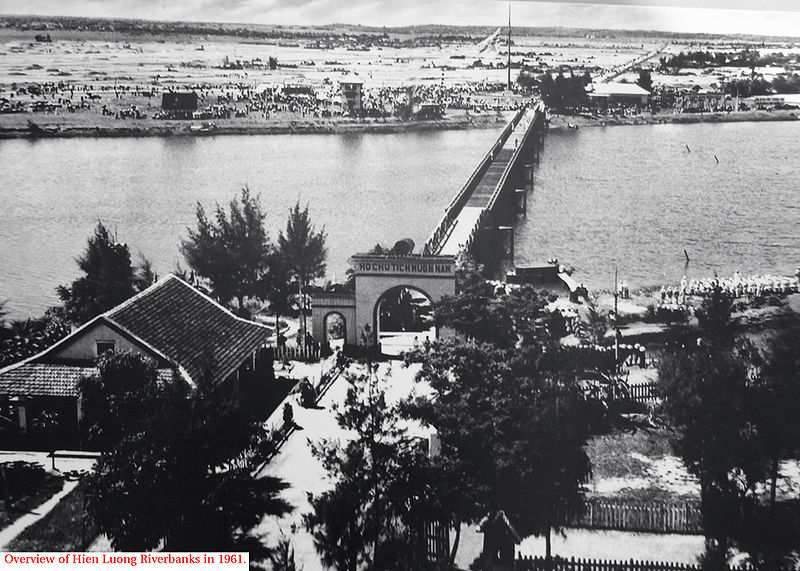
Hien Luong Bridge in the years of war (Image: Collection)
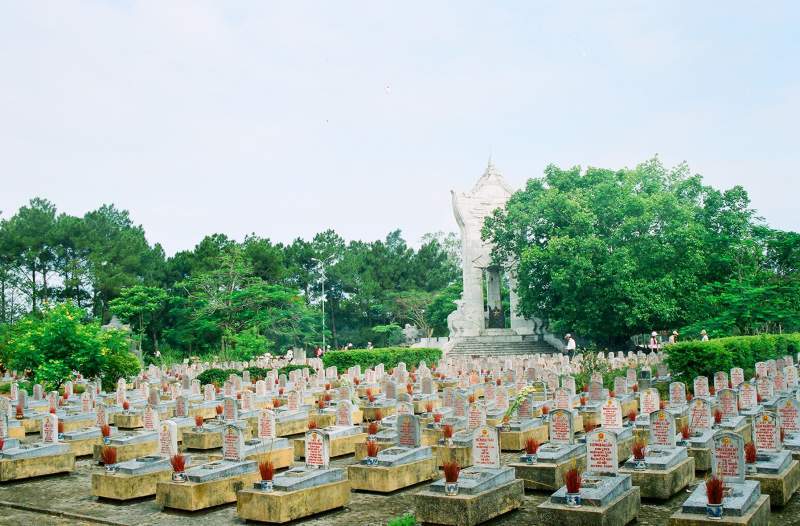
Truong Son Martyrs Cemetery (Image: Collection)
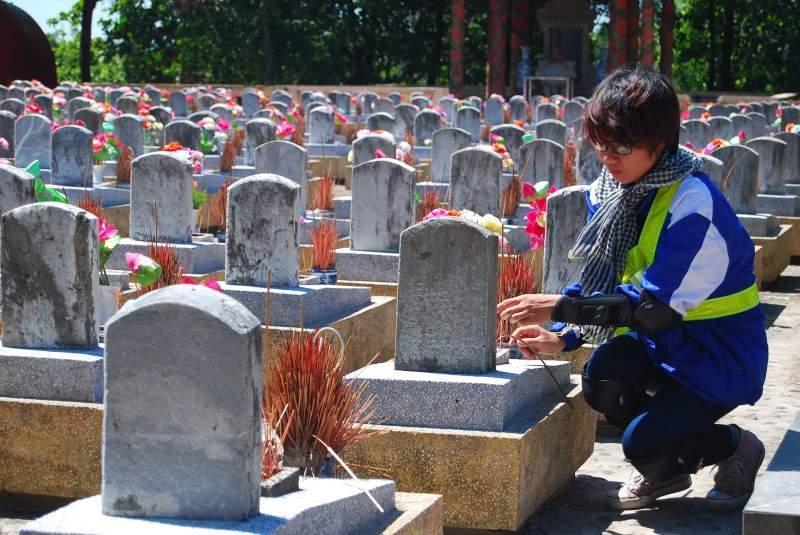
Those who come to Quang Tri come here to burn incense to commemorate the thanks of the heroes
(Photo: Collection)
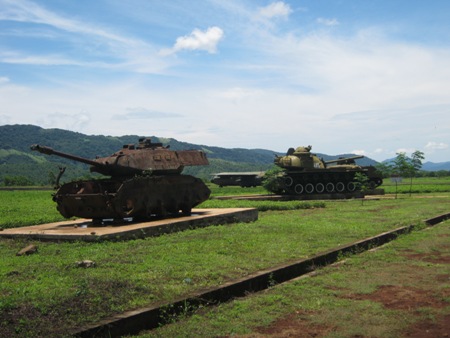
Khe Sanh today is a showroom of the past fierce war feats
(Photo: Collection)
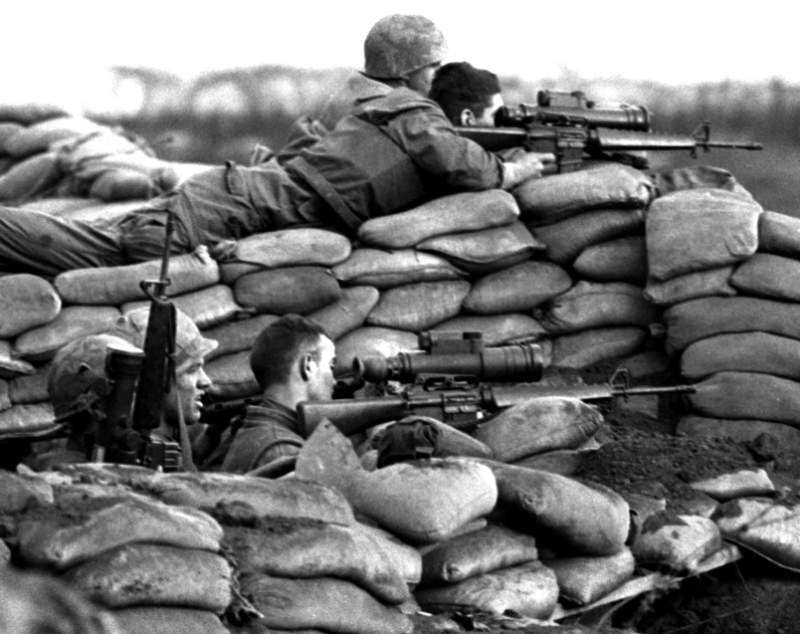
A documentary document of the fierce battle taking place in Khe Xanh during the anti-American resistance war
(Photo: Collection)
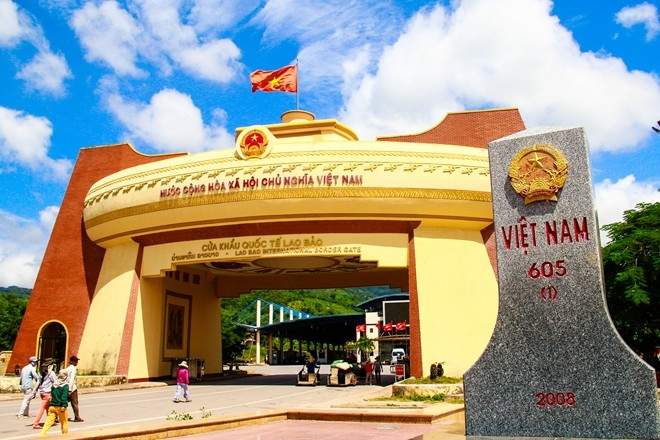
Lao Bao border gate (Photo: Collection)
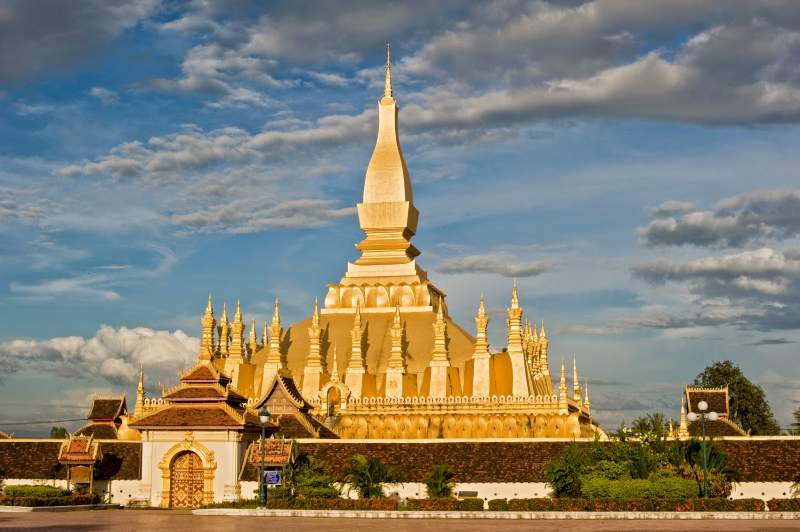
This gate makes it easy for tourists to visit Savanakhet province of Laos
(Photo: Collection)
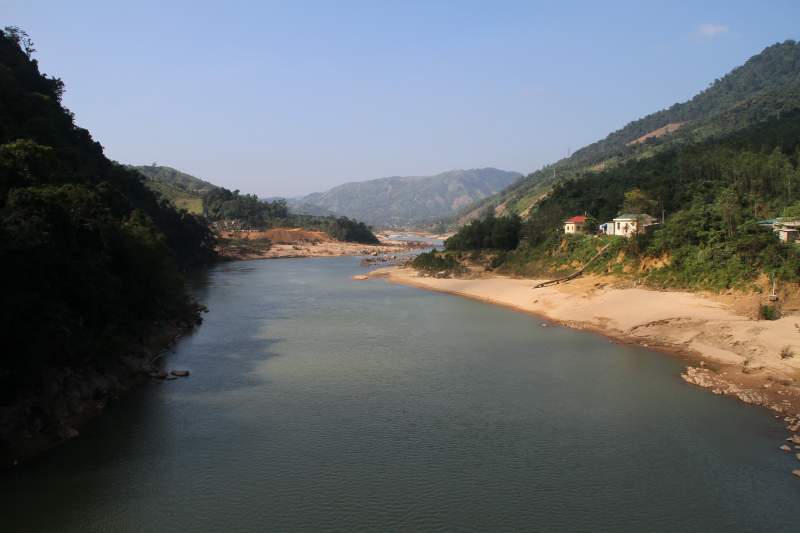
Dakrong River (Image: Collection)
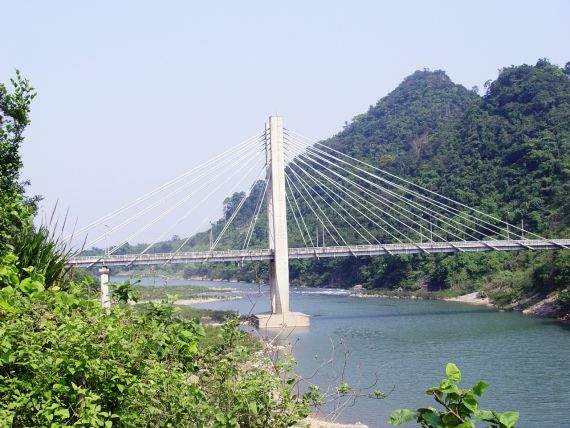
The suspension bridge is located on the Dakrong river (Image: Collection)
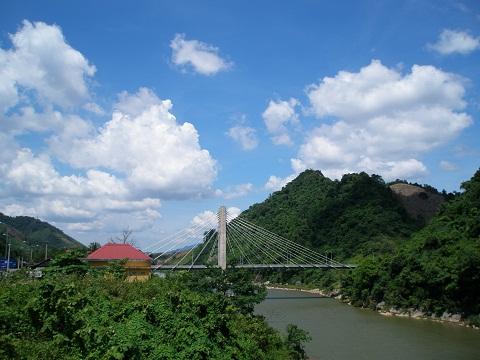
Two mountains are located on both sides of the Dakrong suspension bridge (Image: Collection)
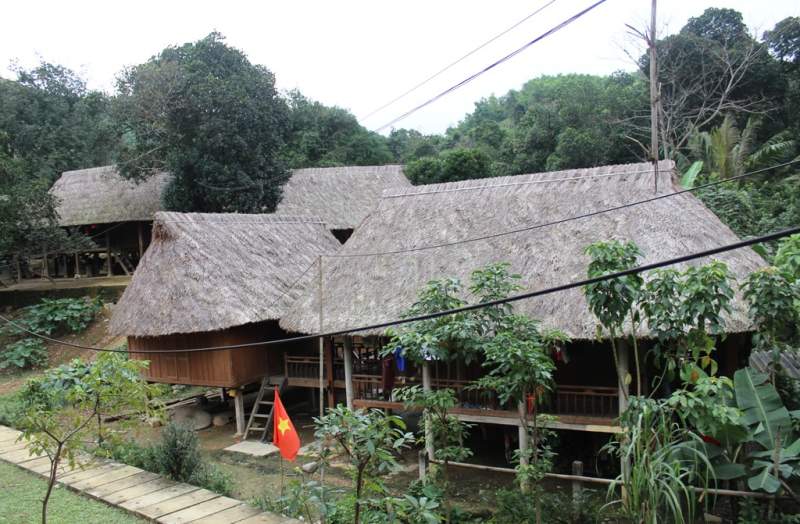
Houses in Van Kieu village (Photo: Collection)
